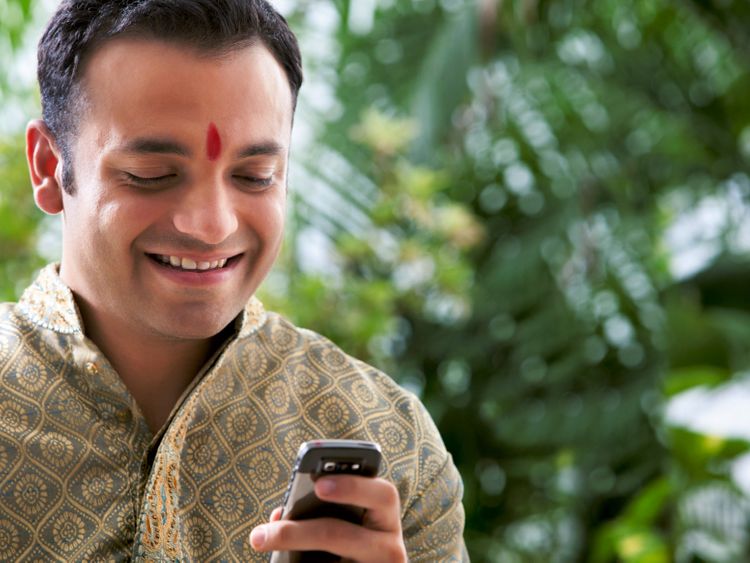Diwali has changed, but did you notice? There’s still the light and noise. There’s still mithai and laddus. But take a closer look and you will see how we have subtly incorporated new technologies into our celebrations, in ways unthinkable a few years ago.
Organic options
The first sign of Diwali approaching is when your neighbours start repainting their homes. With allergies on the rise, eco-friendly, lead-free paints are the rage now. Jagdeep Kaur, a 37-year-old single mother in Hyderabad, does not repaint her house because it’s too expensive. But she does opt for earthen idols, hand-painted diyas and organic colours for rangoli in keeping up with health concerns.
Lights
Firecrackers and decorative light strings are not the only way to go. A few years ago, Indians planned a laser show to minimise pollution from fireworks at Amritsar’s Golden Temple. Sadly, the event never took place. On the other hand, as novel Chinese firecrackers make their way to India, many surprises such as fragrances and sound innovations are eagerly awaited.
Diabetic sweets
Consumers such as Arpita De, a 28-year-old photographer from New Delhi, embraces diabetic sweets. "I remember my mum taking diabetic sweets in the 1990s. They used to taste bitter back then. Now you can’t tell the difference. We have progressed at least that much," she says. With almost all major chocolate brands offering ready-made gift packs, fine chocolates are now a Diwali tradition.
Precious metal
Dhanteras, the first day of Diwali, is the time to buy gold, but while the oldies may go to the family jeweller, yuppies insist on certificates with their purchases, says Asish Samanta, a 31-year-old copywriter from Mumbai. "Many also prefer platinum, but gold is the most popular choice because we see it as a smart investment," he says.
Internet puja
There was a time when the annually religious relied on audio cassettes or CDs of Diwali bhajans. YouTube and other streaming video sites have made it easier to find the right bhajan with the right melody for those who only have faint recollections of the religious service. More notably, Facebook and Skype keep people close during Diwali. The former is the preferred tool to send mass greetings and upload pictures of celebrations. The latter gets people to connect in real-time for free.
Anusha Sundaram, a 26-year-old marketing personnel for Scholastic International in New Delhi, uses Skype to talk to her mother who lives and works in Washington DC. "The only technology I consciously used last Diwali was when I decorated the house and showed it all to my mum on the laptop, live."













